Introduction to 4 Poles Brush DC Motors
The 4 poles brush DC motor is a pivotal component in the realm of electric machinery, known for its reliable performance in a multitude of applications. This category of motors is characterized by its construction, featuring four magnetic poles and brushes that facilitate current flow.
Understanding the Mechanics
At the heart of a 4 poles brush DC motor lies the principle of electromagnetic induction. The motor consists of two primary parts: the stator, which remains static, and the rotor, which rotates. The interaction between the stator's stationary magnetic field and the rotor's induced magnetic field results in the conversion of electrical energy into mechanical energy.
Types and Applications
There is a diverse array of 4 poles brush DC motors catering to various applications. These motors are integral to the operation of everyday devices and machinery, including but not limited to water heaters, pumps, and farm equipment. Their versatility also extends to motorized off-road equipment, showcasing their broad utility.
Features and Materials
The 4 pole brush DC motor is designed with robust materials that ensure durability and consistent performance. The brushes, typically made from carbon or graphite compounds, play a crucial role in conducting electrical current to the motor's rotating parts. The choice of materials contributes significantly to the motor's overall efficiency and lifespan.
Advantages of 4 Pole Brush DC Motors
Opting for a 4 pole brush DC motor comes with several advantages. These motors are appreciated for their straightforward design, ease of control, and rapid response to starting, stopping, and speed control. The four-pole design specifically allows for improved torque and smoother operation compared to other motor types.
Selecting the Right Motor
When considering a 4 poles brush DC motor, it is essential to evaluate the specifications to ensure it meets the required power and size for the intended application. Factors such as capacity and type should align with the operational demands of the device or machinery in which the motor will be employed.












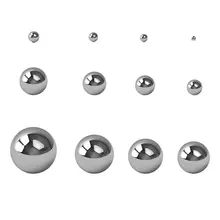
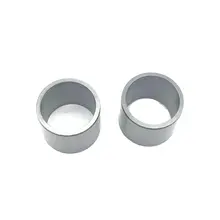

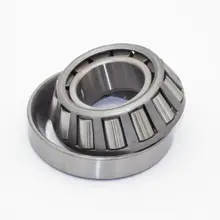
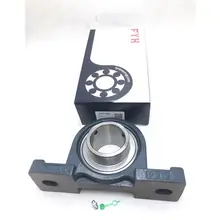


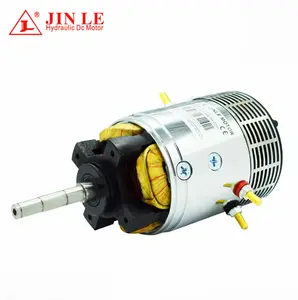
















 浙公网安备 33010002000092号
浙公网安备 33010002000092号 浙B2-20120091-4
浙B2-20120091-4